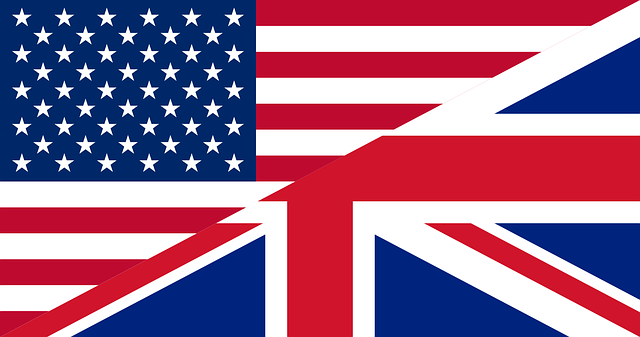Calculus Proof for Area of Circle πr 2
The fundamental theorem of calculus connects differentiation with integration. Differentiation has been covered previously and relies on taking a limit; this is a very visual process. Integration is also quite visual but involves approximating an area with strips, a limit is also taken, in this case the strip size is limited to zero. Calculus has the reputation of being a difficult subject, however the fundamental concepts behind can actually be understood by anyone, to show this we consider a “proof” for the formula for the area of a circle. A circle is divided into concentric circles, and then opened up. Press the button to open the strips. The number of concentric circles increases everytime you press the button, can you figure out the the area of the strips?.
As the number of concentric circles increases, the opened strips start to resemble a right angled triangle with width 2πr and height r. One can imagine that as the number of strips approaches an infinite value the area of the strips will equal the area of the triangle. The formula for the area of a triangle is 0.5×base × height=πr2 i.e. the area of a circle !!
Discussion
The only asssumption made is that the circumference of the circle is 2πr. This can be demonstrated by measuring the radius and circumference of a number of different circles. The ratio of the circumference and the diameter is allways a constant value which is called π. There is no proof for the value of π ; it is fundamental constant of our universe. Perhaps the value of π could be different in other parallel universes.
In the context of the ways of knowing of TOK , the process of imagining an infinite number of circles relies heavily on visualisation and imagination. In practice we can never cut an infinite number of circles but we easily imagine doing this. This leap in imagination is what started calculus. Medieval mathematicians of Europe were more versed in geometry than algebra given their resistance to the concept of zero and negative numbers (formulated in India). I can imagine that their preoccupation with geometry helped formulate calculus. Visual reasoning is often behind many breakthrough in mathematics and physics; therefore one can argue that reason and imagination are equally important for mathematics and the sciences.

